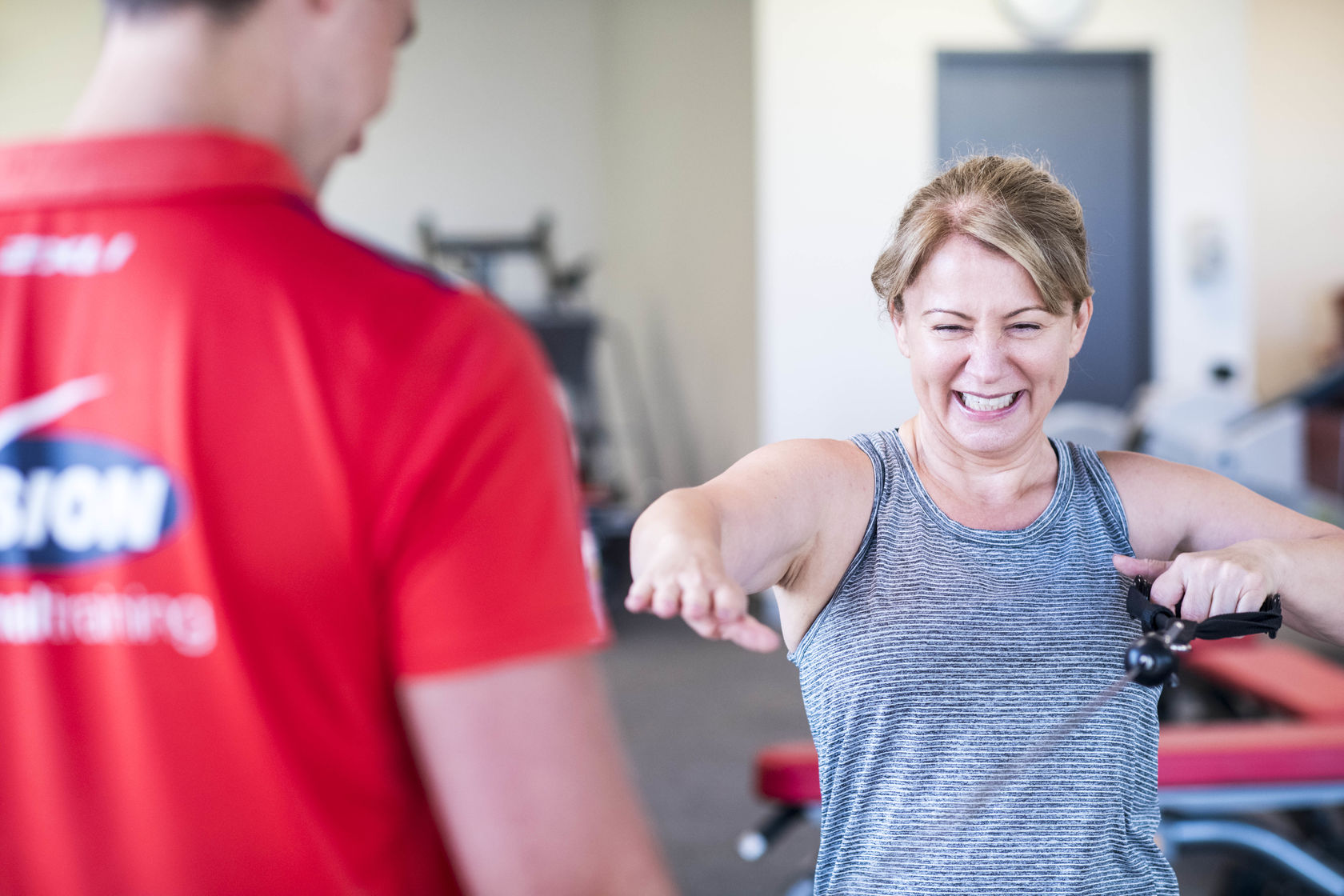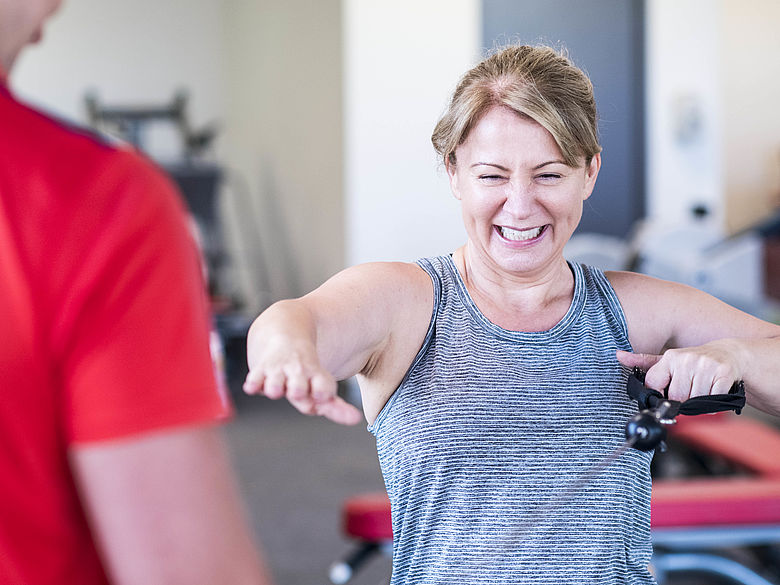Because of the lifestyle most people live, the glutes are almost always asleep and they are not targeted in most strength programs. Coaches frequently report that many people don't know how to turn on the glutes, because the compensation pattern to get around using the glutes are so engraved. One of the main side effects of this is lower back pain, this is very common in our Vision Studios.
This article focuses on exercises that address the major functions of the glutes and result in the greatest level of glute activation. These exercises will help to switch your glutes back on and re-establish correct muscle recruitment patterns. Re-activating your glutes will positively affect every compound lower body lift, improve your core stability, prevent lower-body injuries and enhance posture.
Weak activation of the gluteus maximus can cause pelvic instability. This can result in pain being felt in the lower back and an altered muscular firing pattern and function. In the case of lower back pain, ankle and probably all lower body injuries, rehabilitation needs to focus on re-activating the gluteal muscles.
Weak or delayed activation of the gluteus maximus and gluteus medius is a root cause for many injuries and chronic pain. These are the most common observed injuries
- Hamstring strains: Due to weak gluteus maximus activity, the hamstring muscles become dominant during hip extension, which can cause hamstring strains. A lot of people that experience a pulled hamstring keep suffering re-injuries despite their focus and efforts to strengthen the hamstrings. They are reinforcing a compensation pattern instead of reactivating their inhibited glutes.
- Low back pain: Gluteus maximus activation plays an important role in stabilising the pelvis during the task of lifting.
- Anterior knee pain: The excessive internal rotation of the femur as a result of glute weakness increases the pressure on the patellar cartilage.
- Anterior hip pain: Decreased force production from the gluteus maximus during hip extension is associated with increased force and wear and tear on the anterior hip joint structures.
- Lower-body malalignment: Weak glutes results in increased internal rotation of the femur, knee valgus and foot pronation.
- Gluteal weakness also has been associated with anterior cruciate ligament (ACL) sprains, chronic ankle instability, and iliotibial friction syndrome.
Here are some of the best exercises to be doing to really focus on good glute activation.
Squats - Single leg variations where possible are a better version to improve tension and activity. Single leg squats will force the gluts to work harder to allow the movement to occur
Reverse Lunges - can be performed with a barbell or just bodyweight. Starting with both feet shoulder width apart, place one leg as far back as you can, controlling the lowering of the knee towards the floor. Swap legs around and repeat.
Always seek the advice or support of your Vision Coach as these exercises require correct execution and are fairly complex movements.
James Clare
Vision Mona Vale
*Disclaimer: Individual results vary based on agreed goals. Click here for details.

